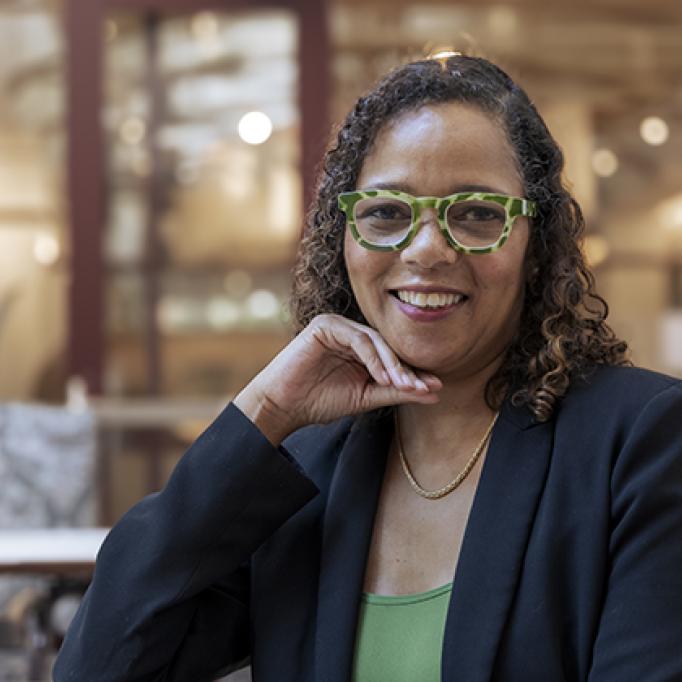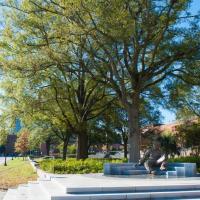Stepping Into the Future: A Paralyzed Veteran Returns to Georgia Tech for His Ph.D.
6 min read
When Ignacio Montoya left Georgia Tech, he became paralyzed in a motorcycle accident. Now he’s pursuing a Ph.D. to improve life for all spinal cord injury survivors.
Rogue Waves Aren’t Freaks of Nature — They’re Just a ‘Bad Day’ at Sea
4 min read
New Georgia Tech-led research shows that rogue waves — once thought to defy ocean physics — can be explained by ordinary wave patterns aligning in extraordinary ways.
College of Sciences Announces Launch of AI4Science Center
2 min read
The new center will promote research and collaboration focused on using state-of-the-art artificial intelligence and machine learning techniques to address complex scientific challenges.
Sound Meets Code: Aleksandra Ma’s Music Tech Summer at MIT and Bose
4 min read
Georgia Tech Music Technology student Aleksandra Ma spent the summer researching human-AI jamming, performing live, and building new sounds.
Mapping Georgia’s Urban Forest: Georgia Tech Tools Help Planners Prioritize Tree Canopy
3 min read
Georgia Tech researchers developed new statewide canopy assessment tools to help urban planners, policymakers, and communities make data-informed decisions for climate resilience.
Meet Tommer Ender: Interim Director of the Georgia Tech Research Institute (GTRI)
4 min read
Tommer Ender, Ph.D., is the interim Director of GTRI and Senior VP at Georgia Tech, succeeding Jim Hudgens, now President and CEO of UL Research Institutes.












